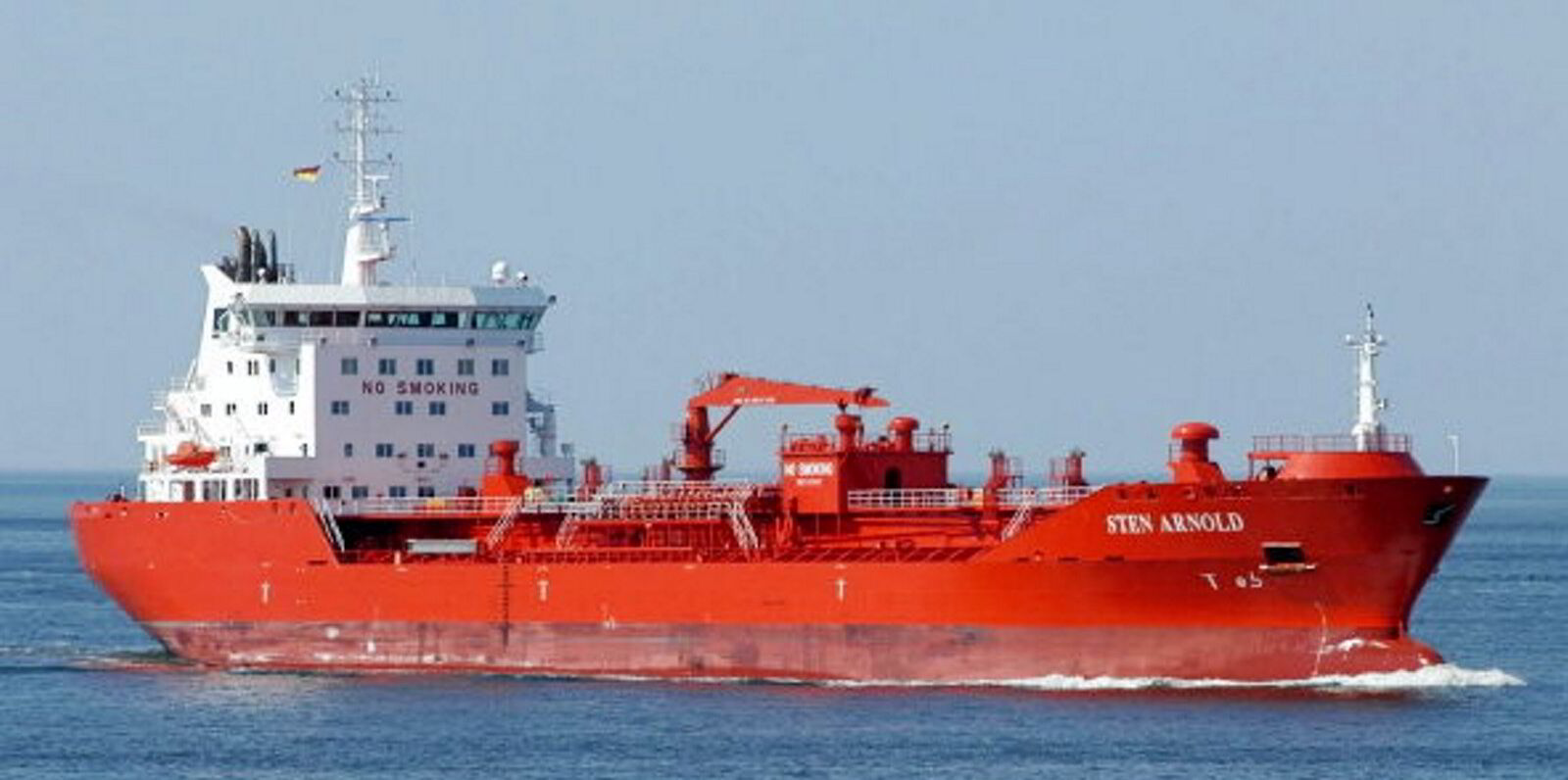Australian authorities have come under fire for a double-grounding of a Chinese-controlled tanker in Brisbane.
The Australian Transport Safety Board (ATSB) found that the bad weather that caused the incident involving the 45,800-dwt CSC Friendship (built 2008) was “foreseeable”.
The investigation described a “significant” weather event that broke the MR tanker’s moorings late on 27 February 2022.
The accident illustrates the importance of clearly defined emergency and risk management arrangements, the board said.
The 185-metre Hong Kong-flagged tanker, owned by China Merchants’ CMG Nanjing Tanker, was berthed at the Ampol products wharf in the Port of Brisbane during a period of heavy, sustained rainfall and flooding.
Currents in the Brisbane River increased until they exceeded the design mooring limits of the ship and the berth, the investigation found.
“While weather conditions exceeded those initially forecast, the associated increased safety risk to shipping and the port was foreseeable,” ATSB marine investigation manager Captain Vik Chaudhri said.
“Numerous warnings from the Bureau of Meteorology provided sufficient information to identify and assess the increased likelihood of a breakaway, and the current in the river had exceeded the operational limits of the berth and the ship’s mooring arrangements more than 14 hours prior to the breakaway — yet the ship remained at the berth.”
The CSC Friendship, loaded with about 32,000 tonnes of petroleum products, broke its mooring lines just before 23:00 local time.
Despite the deployment of the outboard anchor and the swift attendance of two tugs, the ship was swept across the channel, grounding 400 metres downstream.
Anchor retrieval leads to second grounding
A port pilot boarded the tanker and it was refloated after six hours.
However, during the recovery efforts, an attempt was made to retrieve the anchor, leading the ship to veer across the channel and ground again, close to Clara Rock, a charted hazard.
The anchor was then slipped and the CSC Friendship was safely conducted downriver into Moreton Bay, where it anchored.
“Weather events can pose dynamic hazards to port infrastructure and ships, and their safe management requires clearly defined emergency and risk management arrangements,” Chaudhri said.
“These include accurately assessing all available information and erring on the side of safety where doubt exists — in particular considering the inherent uncertainty of weather forecasts.”
No structured emergency response processes
The ATSB investigation found that Maritime Safety Queensland (MSQ) did not have structured or formalised risk or emergency management processes or procedures.
“Consequently, MSQ was unable to adequately assess and respond to the risk posed by the river conditions and current,” the report said.
MSQ has made significant changes to operations and systems in response, including policy and procedural updates and capital improvements.
“However, while significant, the ATSB has assessed the safety action taken by MSQ has not fully addressed the identified safety issue concerning its risk management processes and procedures to manage any type of emergency,” the board said.
Further recommendations have been made.
The report also noted safety actions taken by the pilotage provider, Poseidon Sea Pilots, which the investigation found did not have procedures to manage predictable risks associated with increased river flow.
Poseidon has since collaborated with MSQ on emergency evacuation procedures.
Finally, the ATSB said Ampol had not considered the risk to the ship or the wharf due to increased river flow.
The wharf operator has subsequently conducted an incident investigation and analysis of mooring arrangements and limitations, and developed a document to specify wharf operational limits and response actions for varying wind and river speeds.





